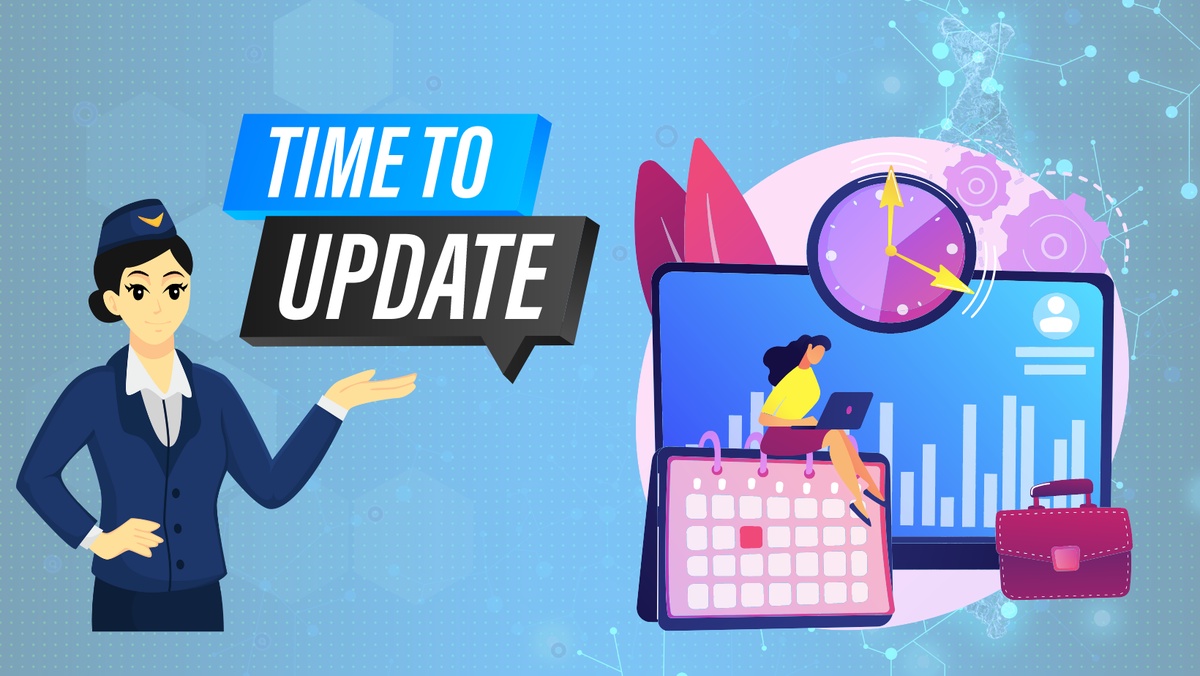How are you tracking the attendance of your team? Still, relying on outdated punch cards or spreadsheets? It may be time to upgrade. Technology makes it easier than ever for managers to manage employee attendance using time and attendance systems. A mundane administrative function has evolved into an important strategic tool capable of enhancing productivity, reducing fraud, and facilitating strategic planning.
Keeping track of time and attendance is crucial to every business's daily operations. Organizational members must manage hours properly, even though it may seem trivial.
The right time and attendance management system makes it easier for your team to stay on top of details. A full-featured system can handle standard scheduling functions and more advanced reporting features.
Managing time and attendance can be easily integrated with payroll and performance management systems and streamline workflows with workflow automation software.
When evaluating and implementing a Time and Attendance Tracking Software, organizations should consider the following key features and requirements.
Must have features in your time and attendance software
Consider reducing the time spent on payroll processing and minimizing the extent of costly errors. Think about how your business would function more smoothly if employees were empowered by transparent and accountable communication. This can be achieved by implementing effective Time and attendance solutions, increasing your company's overall productivity.
Investing in a time and attendance system with these key features will save you time and improve accuracy to prove the ROI.
Tracking in real-time
Using real-time tracking, your employees can be tracked as they clock in and out, take breaks, and accrue overtime. A real-time tracking system to manage your workforce is essential. It ensures employee accountability, promotes focus and productivity, and helps identify and address emerging patterns, such as late arrivals, before adversely affecting your company's bottom line.
Self-service for employees
It would be great if you allowed your employees to manage their attendance and time records. Employee Self-Service (ESS) is one of the most useful time and attendance system features. As a result of this feature, employees have access to their schedule, their clock-in and clock-out times, their earned hours, and their remaining vacation days. Their manager can also view their current status and submit time-off requests without contacting HR.
Reminders and alerts are automated.
An automated time and attendance system serves as your assistant by sending you alerts and reminders. As time and attendance deadlines approach, supervisors and employees receive timely notifications about upcoming overtime limits and shift starts and ends.
Analytics and reporting for advanced users
By analyzing this information, it is possible to identify patterns of habitual late arrivals or long breaks that are affecting productivity. In addition to assisting with staffing decisions, this level of analysis can also be beneficial in managing employees effectively.
Compliance with labor laws can also be enhanced by detailed reporting.
Leave management
With leave and attendance closely related, time and attendance systems can simplify core HR operations by adding leave management capabilities. If you select the right system, your organization can configure leave policies according to its leave laws.
Checking leave balances, raising leave requests, converting absences into leave, determining holiday schedules, and taking compensatory time off should all be possible with your system.
Employee leave requests should also be approved or rejected by your HR team and managers. Moreover, your timekeeping system should allow you to customize the leave management module to suit your needs. For example, the system should support rolling over leave balances to the following year.
Scheduling of employees
Making employee scheduling simple and transparent should be the goal of your time and attendance system. Using the system, you should be able to define time boundaries, shift allowances, and multiple shifts simultaneously. Ideally, shift rotations should be automated to avoid conflicts or errors.
In the event of shift changes, the system should be able to notify employees so they can plan immediately. In this way, any last-minute hassles can be avoided.
Timesheets
Regarding time and attendance systems, timesheets are an essential feature. Employee timesheets allow managers to monitor progress on various tasks and projects easily. Using timesheets, job assignments can be made, and managers can approve or reject timesheets, with employees submitting timesheets to managers for approval and assigning jobs as required. Using timesheets to generate client invoices should be possible with your time and attendance system.
Integration with the payroll system
Integrated time and attendance systems simplify error-free payroll calculations. Time and attendance data will no longer have to be manually imported into your payroll system. Syncing other payroll-related data, such as employee working hours and overtime, is also essential to prevent payroll errors.
Must have a Checklist for requirements while choosing time and attendance software
Any organization must manage employee time and attendance. To comply with labor regulations and process payroll accurately, tracking hours worked, attendance, and leave is imperative. Time and Attendance Systems (TAS) help businesses achieve this goal. Let's begin by exploring the key criteria for selecting a TAS.
- Scalability: The scalability of a Time and Attendance System is a primary requirement.
- Security of data: Keeping sensitive employee data secure is of utmost importance. Data security is a key component of a robust Time and Attendance System.
- The ability to customize and configure: Time and attendance policies and workflows vary from organization to organization. Therefore, Time and Attendance Systems must be highly customizable and configurable.
- Maintenance and support: TAS providers should offer excellent support and maintenance services. Providing efficient customer support minimizes interruptions to your operations through prompt responses to issues or questions.
Conclusion
Managing employee time and attendance effectively requires implementing a Time and Attendance System. Businesses can select a TAS that aligns with their specific requirement. Investing in the right TAS can enhance operations, ensure compliance, and improve employee productivity and well-being. Time and Attendance Systems should be selected after careful consideration of these requirements.


No comments yet